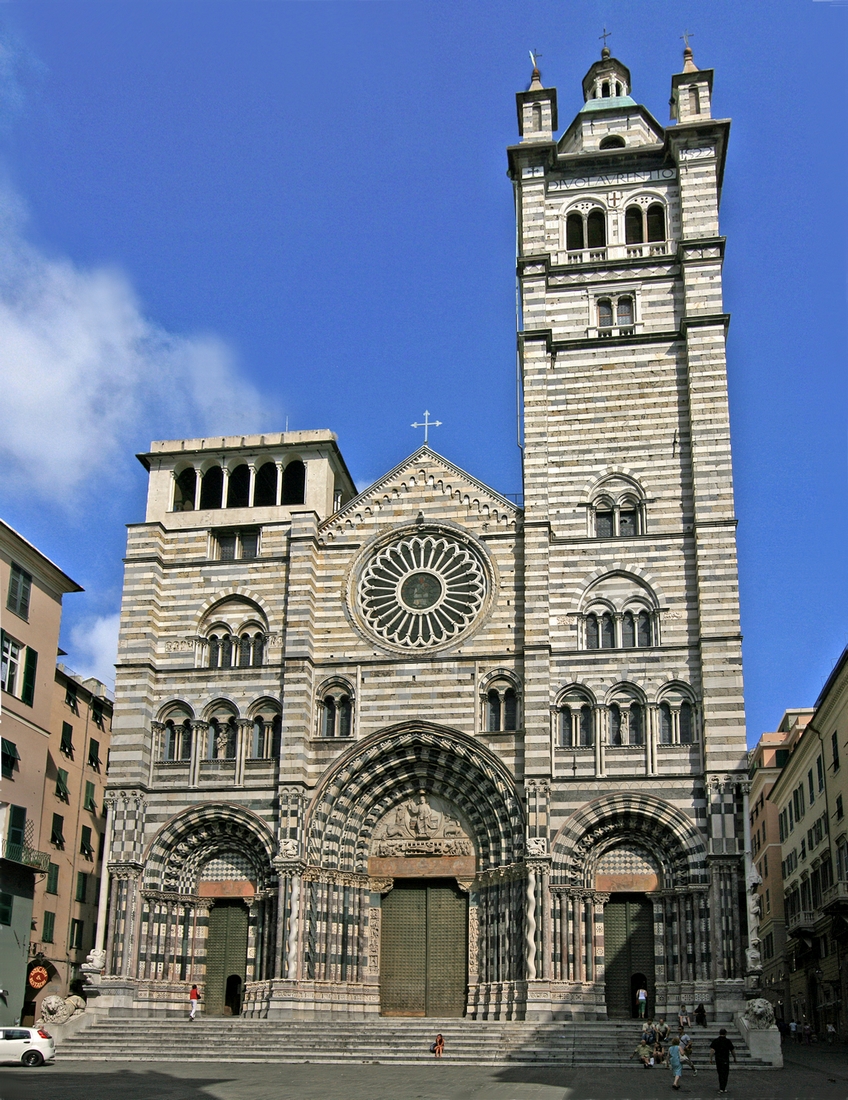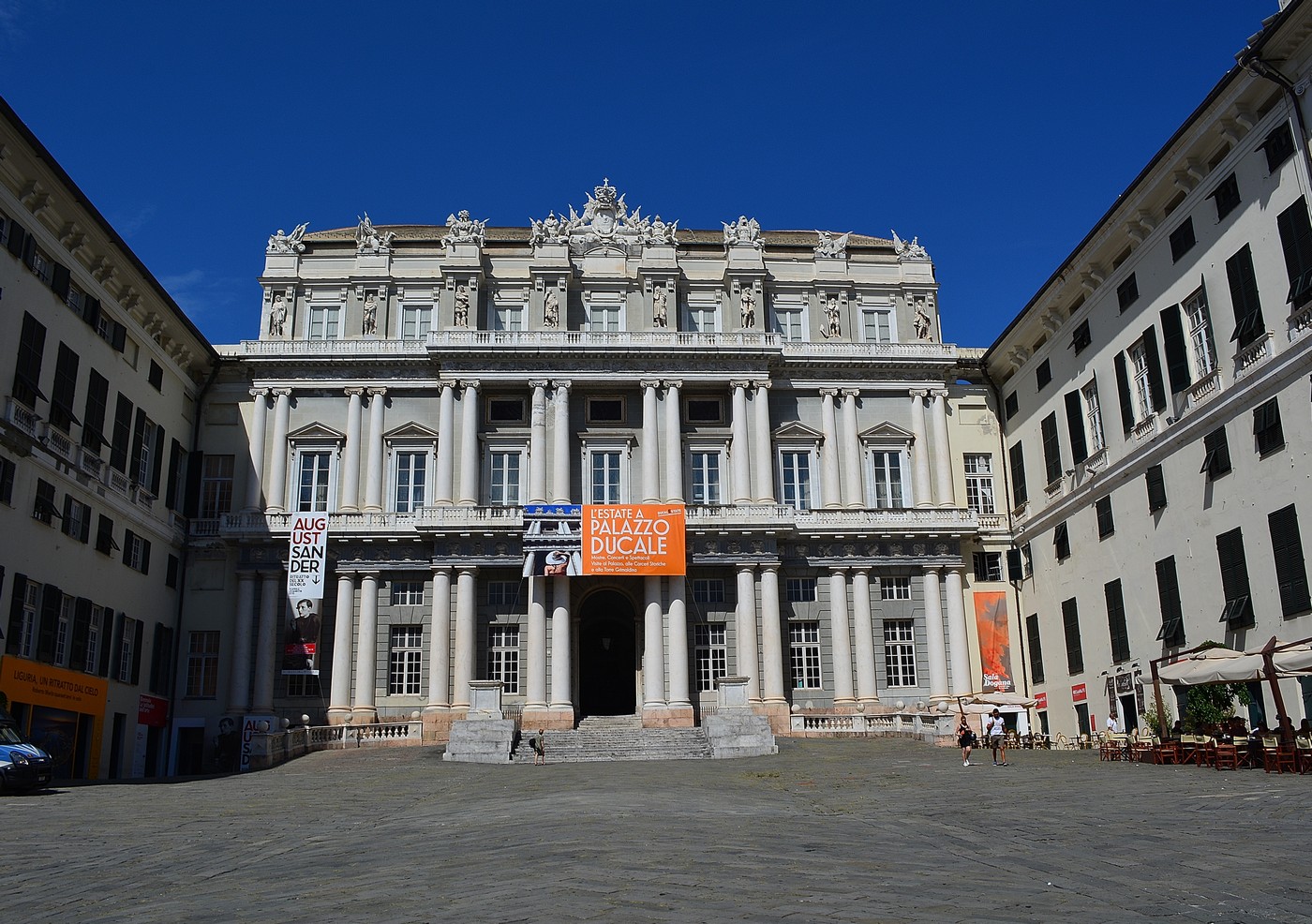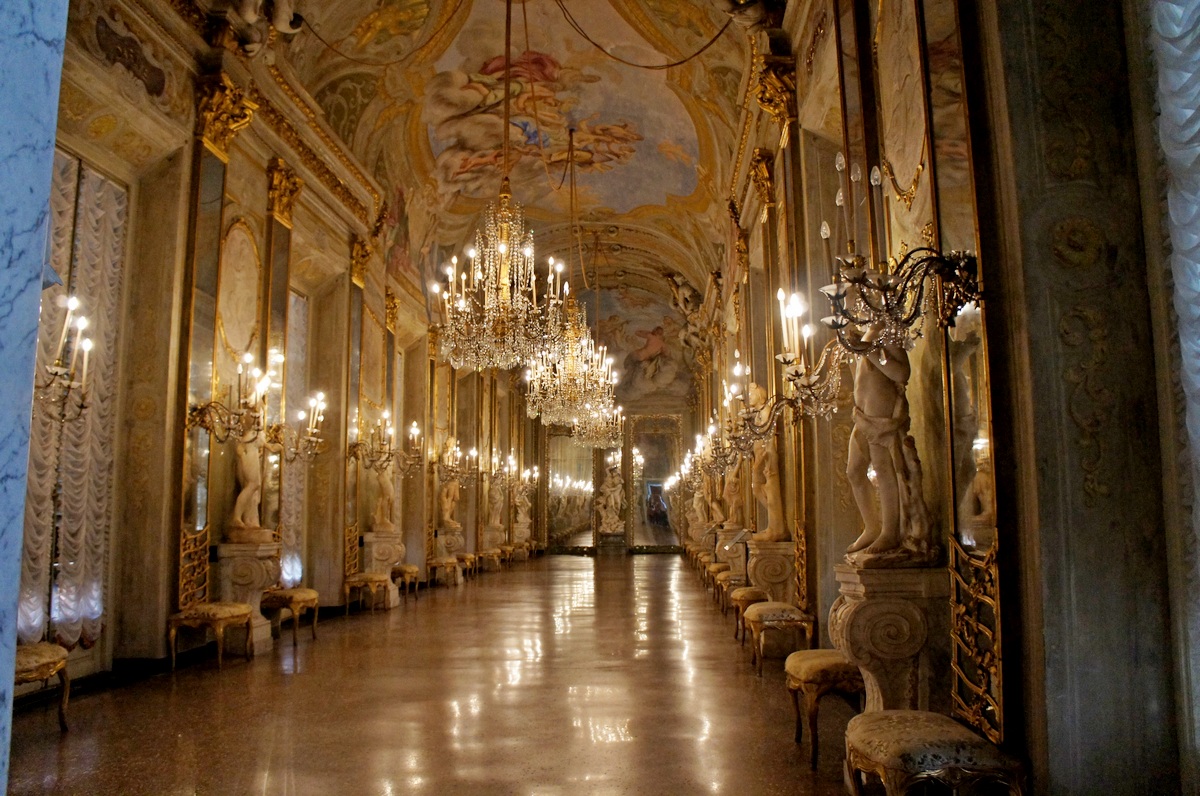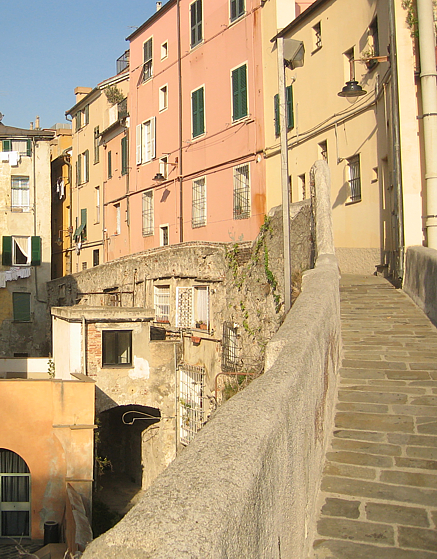Genoa within Mooring Reach
“Imperious […] superb in men and walls, mistress of the sea” these are the words of Francesco Petrarca for Genoa even before the Genoese became, between 1500 and 1600, masters of the world. A respected and powerful independent republic for eight hundred years, the city of the Lanterna flew the cross of St. George on the seas as a symbol of its mercantile power until the 19th century when it was annexed to the Napoleonic empire.
 After the Congress of Vienna, Genoa went from being a State to a city, but this has not buried the vestiges of its glorious past, which are still very much present for those who wish to discover them. Especially for sea lovers, Genoa ends at Piazzale Kennedy and the streets leading from the motorway exits to the Boat Show and parking lots. A real shame given that Zena, as it is called by its inhabitants, has really a lot to offer for those who have never ventured into the carruggi of the center or have never visited one of the Rolli palaces, or tackled the route of the forts.
After the Congress of Vienna, Genoa went from being a State to a city, but this has not buried the vestiges of its glorious past, which are still very much present for those who wish to discover them. Especially for sea lovers, Genoa ends at Piazzale Kennedy and the streets leading from the motorway exits to the Boat Show and parking lots. A real shame given that Zena, as it is called by its inhabitants, has really a lot to offer for those who have never ventured into the carruggi of the center or have never visited one of the Rolli palaces, or tackled the route of the forts.
So, to go and discover this sublime work of human ingenuity we start right from the sea, which has always been Genoa’s best ally. Indeed, here in the Ligurian capital, it is not mandatory to have a hotel or a room as a base, but a boat berth, for example, can certainly be a valid alternative. For this reason, for a holiday in the city, there is no better place than Marina Porto Antico where your mooring is the physical center and reference point of a renewed place that is at the same time connected to and promoting its traditions.
Around this tourist port, surrounded by the history of palaces built at the height of Genoese splendor and at the same time equipped with such modern services, begins the rebirth of the capital guided by the vision of Renzo Piano. Right here we find two works by the Genoese architect, icons of the renaissance of Zena: the Bigo, a monument with its base in the water inspired by traditional loading tools equipped with a panoramic elevator; and the Biosphere or Piano‘s Bubble, a gigantic glass and steel sphere that houses inside a part of tropical forest and over 150 living species.

For those arriving from the sea, one cannot miss the largest permanent exhibition dedicated to this subject, the Galata-Sea Museum, which also houses a full-scale Genoese galley. A few steps further and we can find, in the immediate vicinity of the port basin, the Commenda di San Giovanni di Pré, a religious structure resulting from the union of two Romanesque churches and a three-story building. With a dual function, the Commenda was intended both as a maritime station and a hospital for pilgrims, then a small hospital for the city’s poor. Staying in the area, without moving away from Marina Porto Antico, it is possible to visit the National Museum of Antarctica Felice

Leaving the sea and your mooring, you start climbing Via San Lorenzo to reach the cathedral, the homonymous cathedral characterized by an amalgam of styles, Gothic and Romanesque. Started at the end of the 11th century, in addition to the infinite pictorial works, it also houses the relics of St. John the Baptist. A few minutes’ walk and we are in front of the church of San Donato, another prestigious example of Genoese Romanesque architecture with a rigorous and bare facade with illustrious painted testimonies such as the triptych of the Adoration of the Magi, stolen and subsequently recovered in 1974. 300 meters further and it is possible to visit Palazzo Ducale, or Paxo, as they say around here, for centuries the seat of the doge of the Genoese Republic, now a place for exhibitions and cultural events. From the house where Christopher Columbus lived between 1455 and 1470, rebuilt after the bombing of the city ordered by the Sun King, Louis XIV, you pass through the Porta Soprana, one of the accesses to the city overlooked by two imposing towers. The gate bears engraved the warning for those entering the city, which in summary reads: be mindful of the spirit in which you enter, stranger, because based on that your destiny will change greatly.

The first is the “youngest”, built in 1670 consisting of two noble floors for the two brothers Ridolfo.
Now one of the most important art galleries in Genoa. The second, commissioned by Luca Grimaldi belonging to one of the most powerful families, is also used as a museum. Donated to the municipality at the end of the 19th century, today it is a must-visit to admire extraordinary works such as Caravaggio’s Ecce Homo.
For those who want to delve into ancient Genoa, the advice is to move to the Museum of Sant’Agostino, in the heart of the 13th-century Augustinian convent complex that houses removed Italian and Ligurian frescoes, and stone artifacts from the 10th to the 18th century.
The journey through the history of Genoa from our mooring is certainly not over, because La Superba would not be such if it did not have much more to offer, so we can only invite you to discover in person from Marina Porto Antico what this wonderful city still has to offer you.


